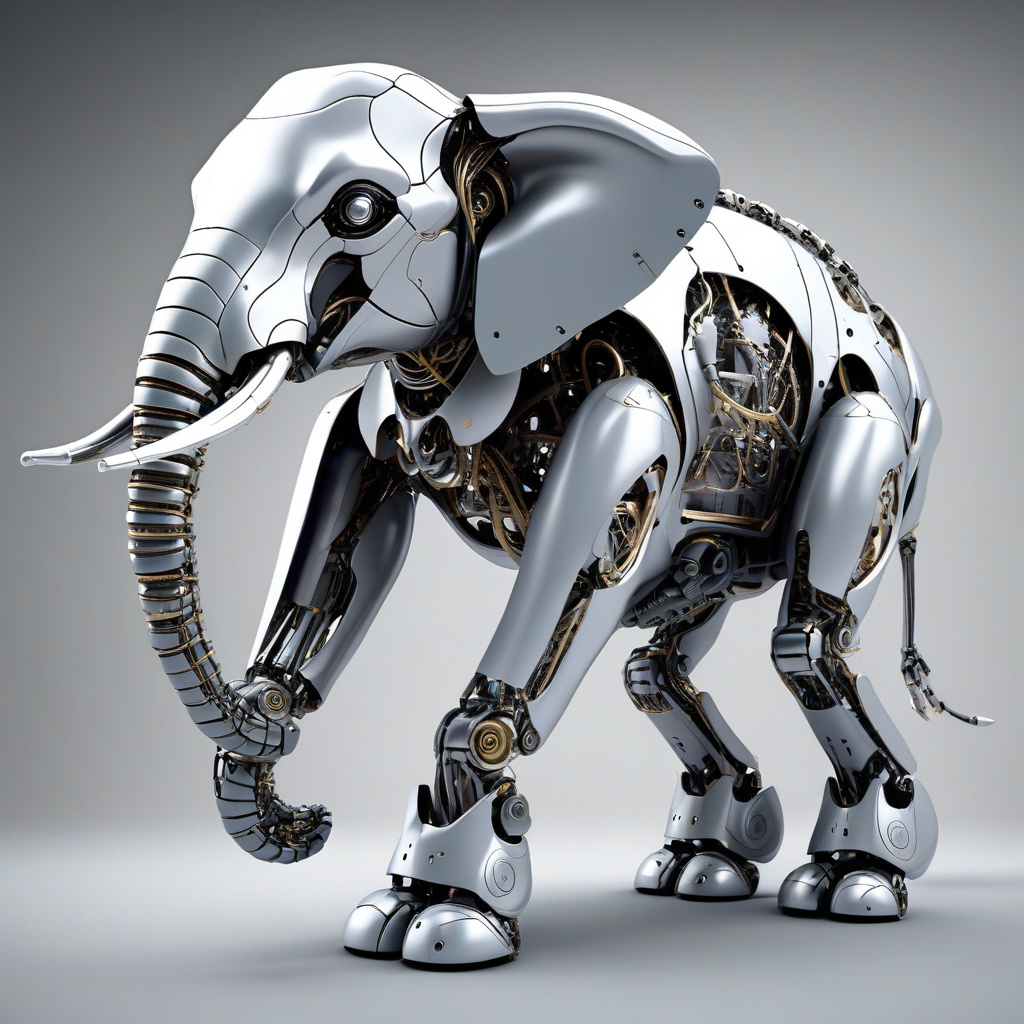Elephant Robot Bends, Kicks, and Twists Using Breakthrough Programmable Foam Skeleton
A new robotics breakthrough could reshape how machines move, adapt, and interact with the world. Imagine a robot that mimics the flexibility and dexterity of an elephant, capable of bending, kicking, and twisting with remarkable agility. This vision is no longer confined to the realm of science fiction, thanks to the development of a groundbreaking programmable foam skeleton that enables unprecedented levels of movement and functionality in robotic systems.
Traditional rigid robots have long been limited by their lack of flexibility, making them cumbersome and impractical for certain tasks that require intricate motions or interactions with delicate objects. However, the emergence of soft robotics, characterized by the use of compliant materials that can deform and recover shape, has opened up new possibilities for creating machines that can navigate complex environments with ease.
At the forefront of this revolution is the development of a programmable foam skeleton that serves as the structural backbone of a new generation of robots. This foam material, consisting of interconnected air-filled chambers, can be precisely controlled to deform in specific ways, allowing the robot to bend, twist, and stretch as needed. By adjusting the air pressure within the chambers, researchers can dictate the robot’s movements with remarkable precision, enabling a level of flexibility and adaptability previously unseen in robotic systems.
One of the key advantages of this programmable foam skeleton is its ability to mimic the biomechanics of living organisms, such as elephants, which possess a unique combination of strength, agility, and flexibility. By drawing inspiration from nature, researchers have been able to design robots that not only move more fluidly but also interact more safely and effectively with their surroundings. For example, a robot equipped with this foam skeleton could navigate cluttered environments, manipulate objects with varying shapes and sizes, or even assist with tasks that require a gentle touch, such as caregiving or rehabilitation.
Beyond its applications in robotics, the programmable foam skeleton holds promise for a wide range of industries and fields. In manufacturing, for instance, robots with enhanced flexibility and dexterity could revolutionize production processes by handling delicate materials or performing intricate assembly tasks with precision. In healthcare, soft robots equipped with this technology could assist surgeons during minimally invasive procedures, reducing the risk of tissue damage and improving patient outcomes.
The development of the programmable foam skeleton represents a significant leap forward in the field of robotics, paving the way for a new era of machines that can move and interact with the world in ways previously thought impossible. As researchers continue to refine and expand upon this technology, the potential applications are virtually limitless, from space exploration and disaster response to entertainment and beyond.
In conclusion, the advent of the elephant-like robot with its breakthrough programmable foam skeleton heralds a new chapter in the evolution of robotics, offering unprecedented levels of flexibility, adaptability, and functionality. By harnessing the power of soft materials and bio-inspired design principles, researchers have unlocked a world of possibilities for creating machines that can perform a wide range of tasks with grace and precision. The future of robotics is looking more flexible and promising than ever before.
robotics, breakthrough, programmable foam, flexibility, technology












